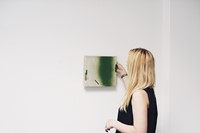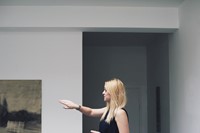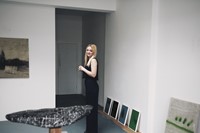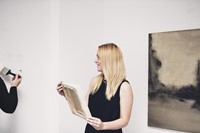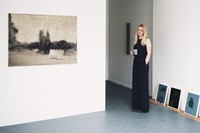If you’ve walked down York Way towards Regent’s Canal in London’s King’s Cross at any point over the last six months, you likely will have noticed a pink neon-signposted new addition to its ever-evolving landscape. When Sid Motion first opened her eponymous gallery in June, in a space which once played host to a bookies, it was received with curiosity, excitement and wonderment. Her first exhibition, What’s It Gonna Be? embraced local curiosity wholeheartedly, its title as much a reference to passing locals who would pop their heads through the door into the builder’s chaos inside to ask what she was making there, to her openness in considering what it might grow into in the future. Now, three exhibitions in, the gallery is gathering momentum with every passing month.
Motion is not, perhaps, what you might expect from a gallery owner. She’s a young woman, in a male-dominated industry, for one, and, as she confesses, grinning, “not rich!” She jokes cheerily about the confusion she’s often faced with when male associates meet her for the first time, too, expecting ‘Sid’ to be an older gentleman setting up shop in the corner of mahogany-clad member’s club. To equate either her age or her self-awareness for inexperience, however, would be fatally inaccurate. Motion grew up in London and first studied painting at Chelsea, before going on to the London College of Communication to study Graphic Design. “It is kind of a nuts thing, but I got slightly obsessed with printing and typography.”
The decision paid off, and when the time came around to present work at the degree show, Motion asked, rather, to curate it. “That was a really nice process,” she says. “For the first time I was talking to my colleagues and my peers about what they wanted to show, and how they would like to show it. That was sort of my first glimpse into all this. Three days after I graduated, I started my first job in a gallery.” For five years, she worked her way up in London’s art galleries, a progression which culminated at American powerhouse David Zwirner gallery, and a role as Artistic Programme and Communications Manager at Photo London. Everything about Motion’s work in the gallery is nuanced, from selection of artists who show within it, to the accessibility of price-points for the work displayed, and the extra–curricular activity in the form of talks and suchlike that she is keen to foster. Here, we share three elements essential for those keen to follow in her wake.

Find Your Space
An art gallery is nothing without a space to house it, and as Motion attests, finding this space was the hardest part. She spent many years inquiring about vacant buildings, empty shopfronts and 'To Let' signs before stumbling across the dilapidated old bookkeepers on York Way, and, after fierce negotiation with the landlord to seize it for herself, many more months of work inside it to pull away layers and layers of wall to create the bright white, light-filled space it has since become. As it stands now, the gallery feels warm and welcoming rather than austere, as its varied and friendly clientele will attest – the perfect venue for the exhibition openings, held every four to six weeks, which unfailingly have people spilling out of the front door onto the tree-lined pavement outside.
Its location is key, Motion explains, attracting the likes of her landlord, who runs the Turkish restaurant next door – “he’s very intrigued; he comes in often” – as frequently as it does London's leading art-world talents, from buyers and curators to critics and fellow gallerists. Many of her locals are keen followers of the gallery’s activity, in fact – a participation that Motion welcomes. “I do feel very grateful to have the space, so I need to be honest about what it is, and I like listening to the local people’s feelings about it. I want it to be a very successful commercial gallery, but I don’t want to lose people, or leave them out.” It’s the perfect fit for Motion’s vision, which is accessible and open above all else.
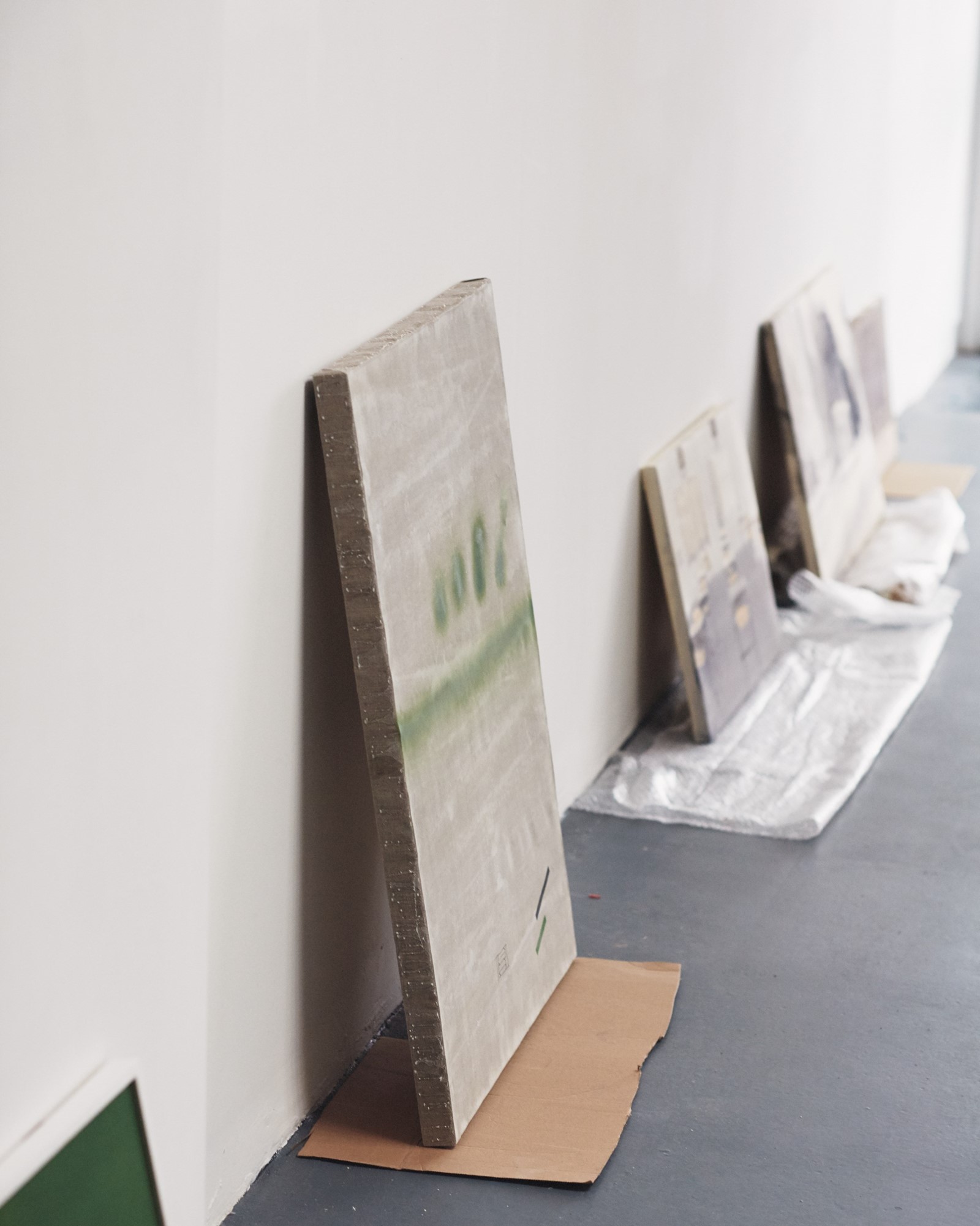
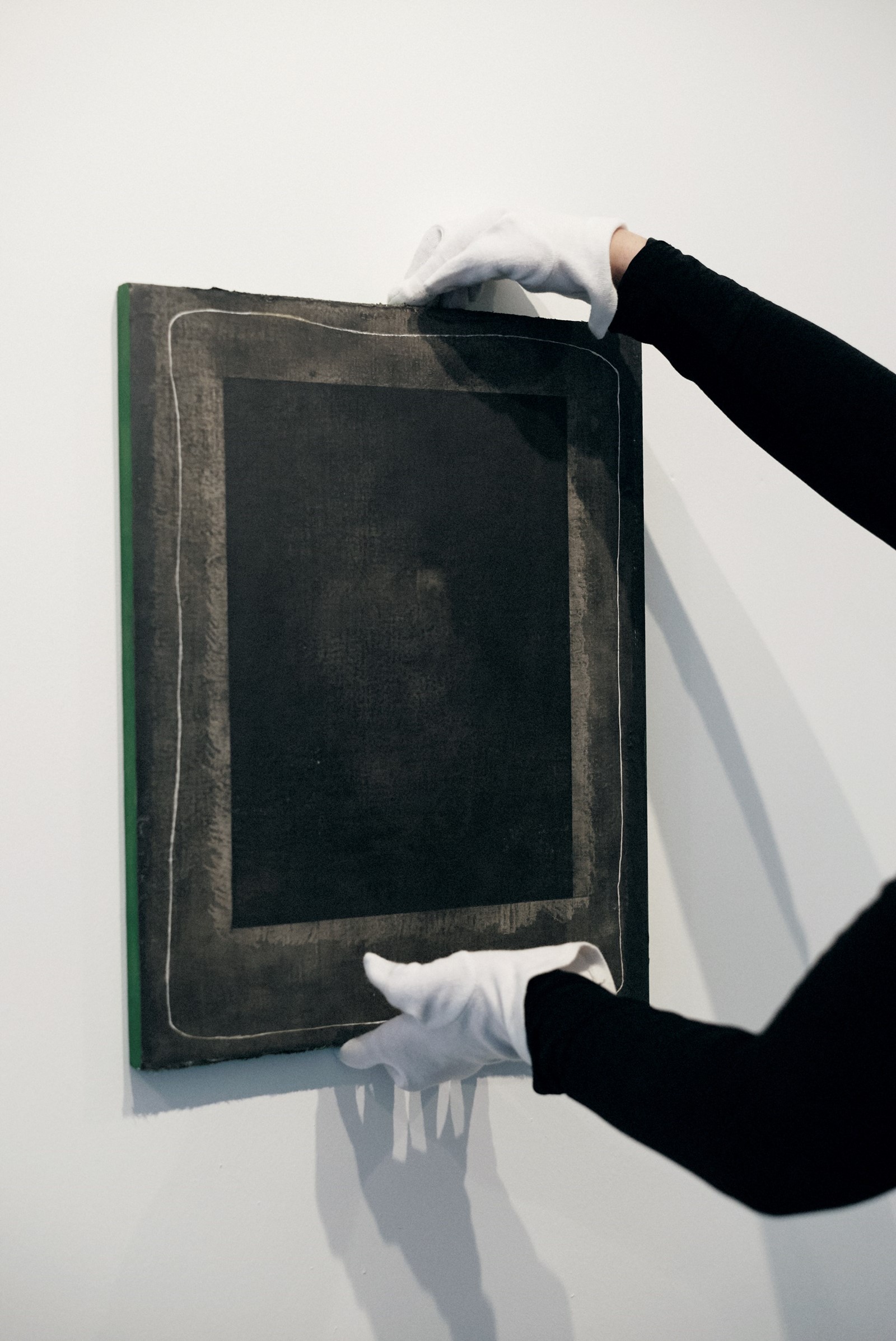
Build a Network of Brilliant Artists
An art gallery is nothing without a plethora of artists to fill it, and Motion, with many years of training in artist management behind her, and an insatiable hunger to see new work and meet new people, is well-qualified in this respect. This operation begins with a wishlist, she explains – “I have a big, big, list that I just add names to every day” – which ranges from the lesser-known and the difficult-to-track-down through to the well established.
For Motion, the diversity of artists and exhibitions held is as important as the work itself; her first exhibition, a group show, featured only artists unsigned in the UK. “When I approached [Damien Meade] for the first exhibition, it was like writing to kind of Mick Jagger or something,” she said. “I thought ‘He’s definitely gonna say no to this’ and actually he was really open to the idea. For me having Damien in the show kind of sums up the journey.” Her second, entitled 12 Conversations, was a solo show of a 24-year-old painter called Morgan Wills, while her third takes the form of a two-woman exhibition, which has just opened. The programme will continue in this vein, she assures me – “I want to do as much as possible!”

Shape Your Curatorial Vision
Approaching the work with the eyes of a curator has presented an exciting new challenge for Motion. “I knew what I wanted, and I knew what I didn’t want,” she told me before the opening of the first exhibition. “When it came to choosing these works, I knew that, for the first time, I needed to think ‘Can I sell it? Can I talk about it? Could I plan an event around it? Would it work with the other pieces?’ I’m not just going with the same ‘Oh wow, I love that’ – I’m looking at things with different eyes, thinking ‘I’m a gallerist now’. So the whole process to me has been about learning.”
Motion has begun garner interest for her curation with her third exhibition, a two-woman show spanning paint, photography and glass, which places what the gallerist describes as Michelle Conway’s “gritty, evocative studies of empty landscapes” alongside Francesca Longhini’s “urban view on contemporary life”. “The ambition is for this to be a space which introduces the art world to new work,” she says. “Validation isn’t quite the right term, but to have established, educated people walk through the door and say ‘I’ve never seen this before, this is really interesting’… That feels really good.” As for her ambitions, they remain the same now as they were six months ago. “I still feel very new, there’s a huge amount to play with and learn from and experience, and that’s maybe why I’m testing out age, and medium, and levels of establishment, and that sort of thing. But fundamentally, my core interest is to have the artists as the focus.” This determination to maintain an honest and authentic approach to working alongside the artists she shows permeates every aspect of the gallery, from being open about price points, to making sure they approve press releases before they are sent out. First and foremost, she tells me, Motion is intent on putting artists front and centre. It’s a decision that the art industry, flocking in steadily growing numbers to see the gallery's transformation with each new exhibition, can only applaud.
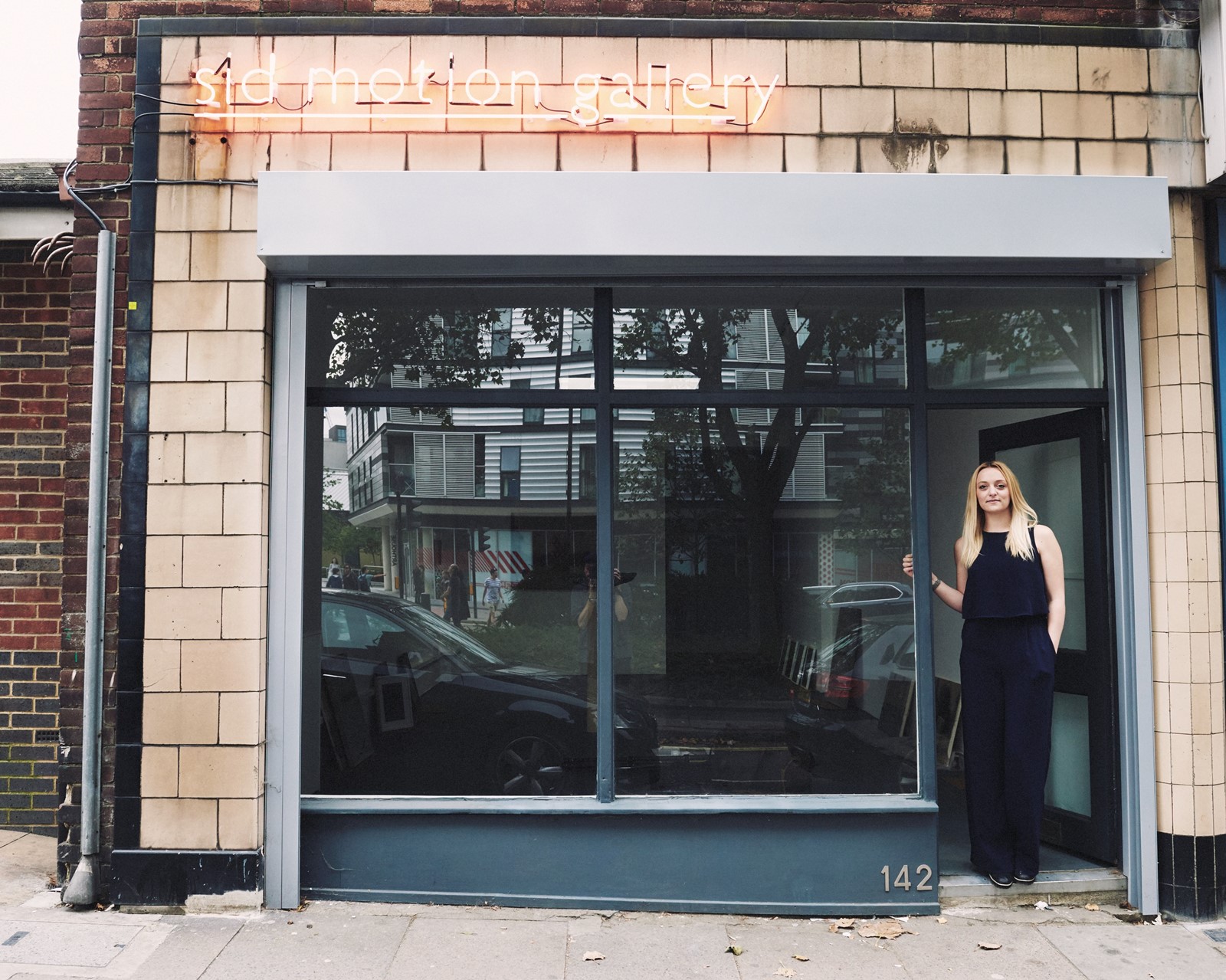
A exhibition of the work of Michelle Conway and Francesca Longhini runs until November 5, 2016, at Sid Motion Gallery, London.

